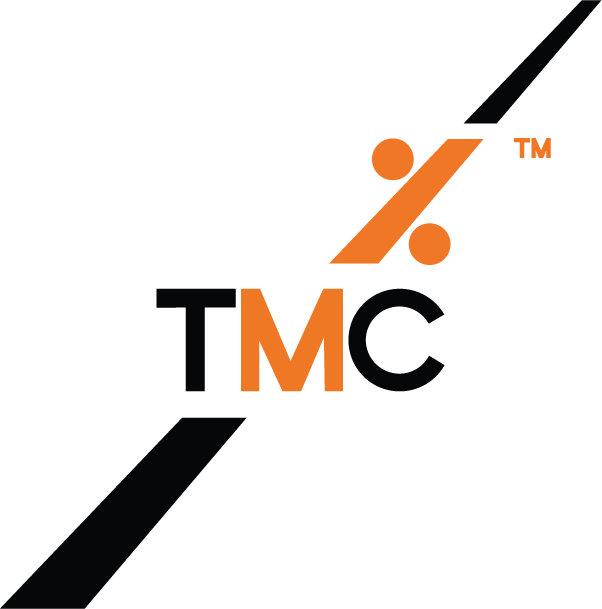In 2003 the Health and Safety Executive released a publication called “Driving at Work – Managing Work Related Road Safety.” This publication issues guidance that vehicles are to be classed as a place of work and therefore fall under the same Health and Safety legislation as a physical workspace.
The fact that cars are classed as a place of work, along with several pieces of road traffic acts and legislations means that employers are obliged to develop Health and Safety policies to minimise the risks to the health and wellbeing of employees whilst driving a vehicle for business purposes. The development and effective implementation of these policies is a company’s “Duty of Care.”
Whilst these pieces of legislation went some of the way to forcing companies to implement effective policies, it wasn’t until 2008, when the Corporate Manslaughter and Corporate Homicide Act came into force that pressure was really put on companies to act.
These pieces of legislation makes it easier to prosecute companies for health and safety failures that lead to a person’s death. These pieces of legislation are especially relevant for fleet managers as the biggest cause of at-work fatalities arises out of employees driving for business purposes. Every week around 200 road deaths and serious injuries involve drivers on work related journeys.
In order to ensure compliance with the Act employers are required to regularly carry out risk assessments that seek to identify the risks that their employees are exposed to. Once risks have been identified, businesses need to put suitable mitigation strategies in place that minimise or remove the risk. These risk management plans need to be created, communicated and deployed to the workforce.

